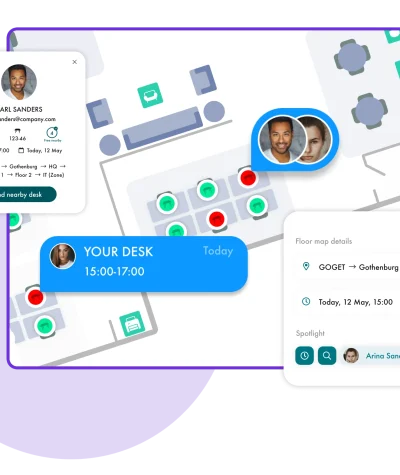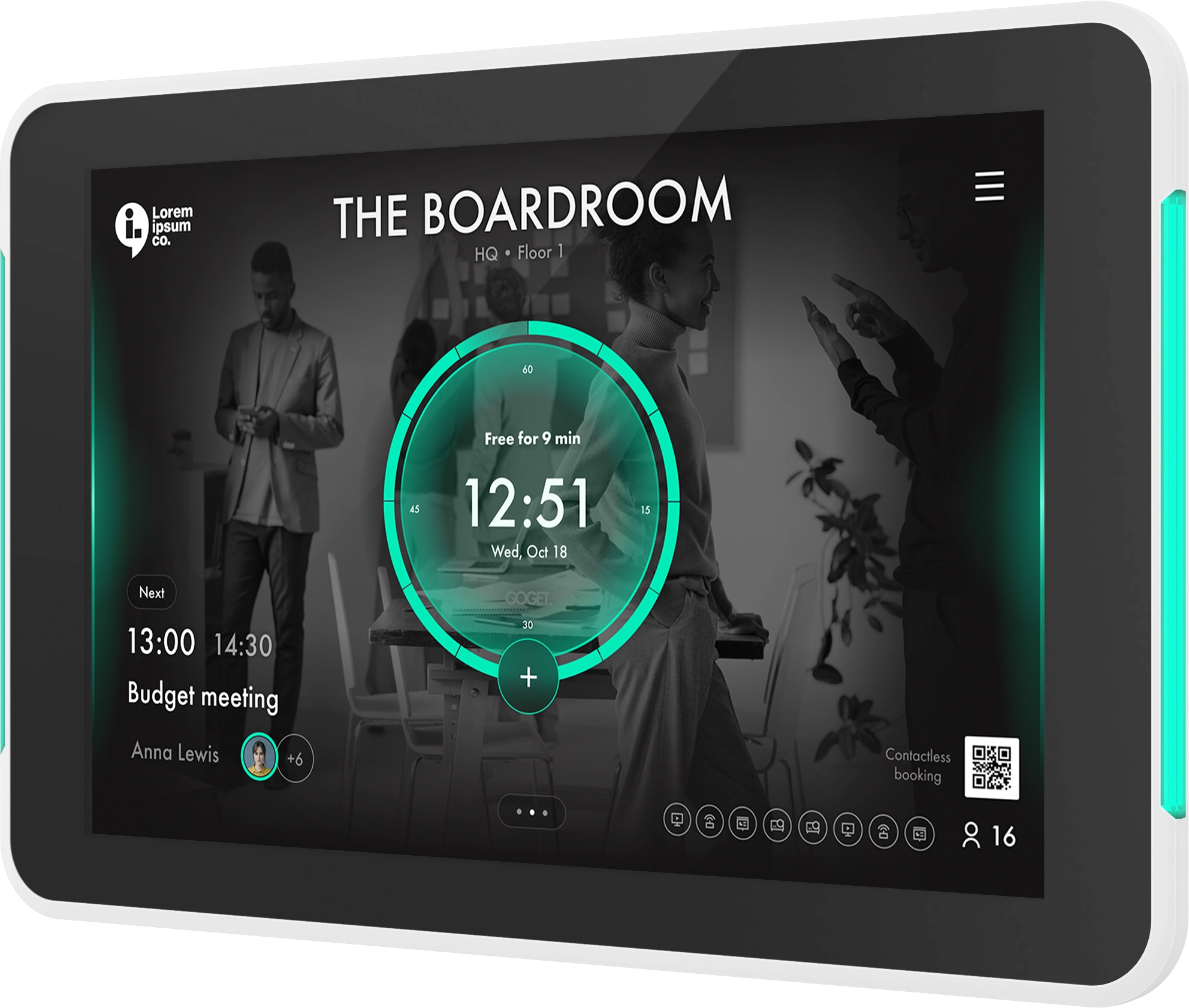In recent years, especially since the rise of the COVID-19 pandemic, hybrid working has been hailed as the ultimate work model for several reasons. For example, it gives employees the freedom to work in ways most effective for them.
Though it’s fair to say it may not be all it seems. What appears to be the ideal balance of at-home and in-office work at first glance may actually be the cause of imbalance regarding employee wellbeing, collaboration, and more.
In this blog, we’ll dive into exactly what hybrid work is, and unravel the disadvantages while providing our tricks to overcome your challenges.
Keep reading to discover how to make the most of this modern-day working model.
What is Hybrid Work?
Hybrid working is a flexible working model that allows employees to divide their time between the office and remote locations. The latter could be a make-shift desk at home, a coffee shop, the local library, or otherwise.
The Advantages of Hybrid Work
This working model can have a positive impact on your organisation. For example, it gives employees complete control over their work hours and work location. This provides an opportunity for teams to work in ways which are most effective for them regarding their personal needs and preferences, while respecting the company’s policies.
4 Disadvantages of Hybrid Work
- Harder to Collaborate with Remote Employees
There’s no doubt holding team meetings and brainstorming sessions from several computers or mobiles causes a considerable issue with collaboration. Connectivity problems, audio setbacks, and miscommunication are likely some of the biggest contributors. But having the wrong technology will also compromise the potential of your teams.
The solution?
– Equip Your Team with the Right Technology
It’s equally important for your remote employees to have access to the same technology as on-site workers. When a hybrid working policy is in place, you should never neglect the performance potential of your at-home teams.
– Invest in Proven Communication Tools
Select a reputable platform whereby all employees can communicate. This should dispel any miscommunication and provide a reliable alternative to temperamental video calls.
– Enforce Inclusive Policies and Practices
Much like you would set strict policies and practices in the office, it should work the same when collaborating remotely. For example, on-site workers should provide remote participants with an opportunity to contribute during calls, ensuring they not only feel connected to their team, but also included and respected. Managers should also be careful of unconsciously favoring in-office employees, known as distance bias, and make sure that they treat all employees equally. - Faster Employee Burnout
It’s all too easy to overwork and skip breaks when working remotely, blurring the boundaries between work and home life. This in itself can lead to exhaustion, which notoriously has a knock-on effect to productivity levels. There’s also the common issue of feeling isolated and alone. Speaking to your colleagues via text or WhatsApp is not nearly the same as in-office chats, daily lunch dates, and spontaneous collaboration sessions. In November 2021, Forbes found that seven in ten employees felt more isolated when working remotely.The solution?
Create a culture whereby employees feel comfortable enough to speak up when they’re feeling overwhelmed. This includes on-site workers, not just those working from home. Encourage employees to take breaks when they need it without feeling guilty. And for those who struggle with loneliness, schedule weekly or bi-weekly get-togethers to help your teams stay connected.
- Difficulty Keeping Up with Hybrid Schedules
Giving employees the flexibility of deciding when to come into the office and when to work from home seems like a great idea in theory. But this makes it increasingly harder to collaborate as both employees and employers struggle to keep up with complicated hybrid schedules. This setback not only causes frustration, but compromises the productivity of your teams.
The solution?
Hybrid work scheduling software enables employees to input their schedule, keeping all team members in the loop. They also have the option for you to coordinate meetings or book desks via a room scheduling system for improved collaboration. - Not Suitable for All Industries
The hybrid work model is unattainable for industries that require their workers to be on-site full-time, such as construction, retail, teaching, or nursing. This can make it harder for employees to stay motivated and be productive on days where they would benefit from at home work. For example, during periods of poor mental health.
How to overcome the challenges with Hybrid Work
Goget provides savvy hybrid workplace solutions for businesses big and small. We have a range of smart solutions to help you tackle the disadvantages of hybrid work, ensuring this is a viable working model for the future:
Room & Desk Booking Software
Sometimes, the most effective way for teams to communicate and collaborate on projects is face-to-face. Goget offers zero-fuss room and desk booking software to simplify on-site collaboration. This allows employees to view the available desk spaces and meeting rooms, as well as the amenities within that room. So, they can ensure they have everything they need when collaborating on site.
With the ability to book from our mobile app, employees can book a desk space or meeting room from virtually anywhere. Plus, when they arrive at the office, it’s easier than ever to find the available space using the content board feature on the Android Displays
Hybrid Work Scheduling and Planning
Goget allows you to sync your team’s calendar software with our scheduling system. So, whether working from the office or at home, you can keep track of where your employees are going to be. This simplifies meeting planning and helps you monitor how much desk space will be used each day.
Visit the Goget website to explore our hybrid workplace solutions and get in touch with a member of our dedicated team!



